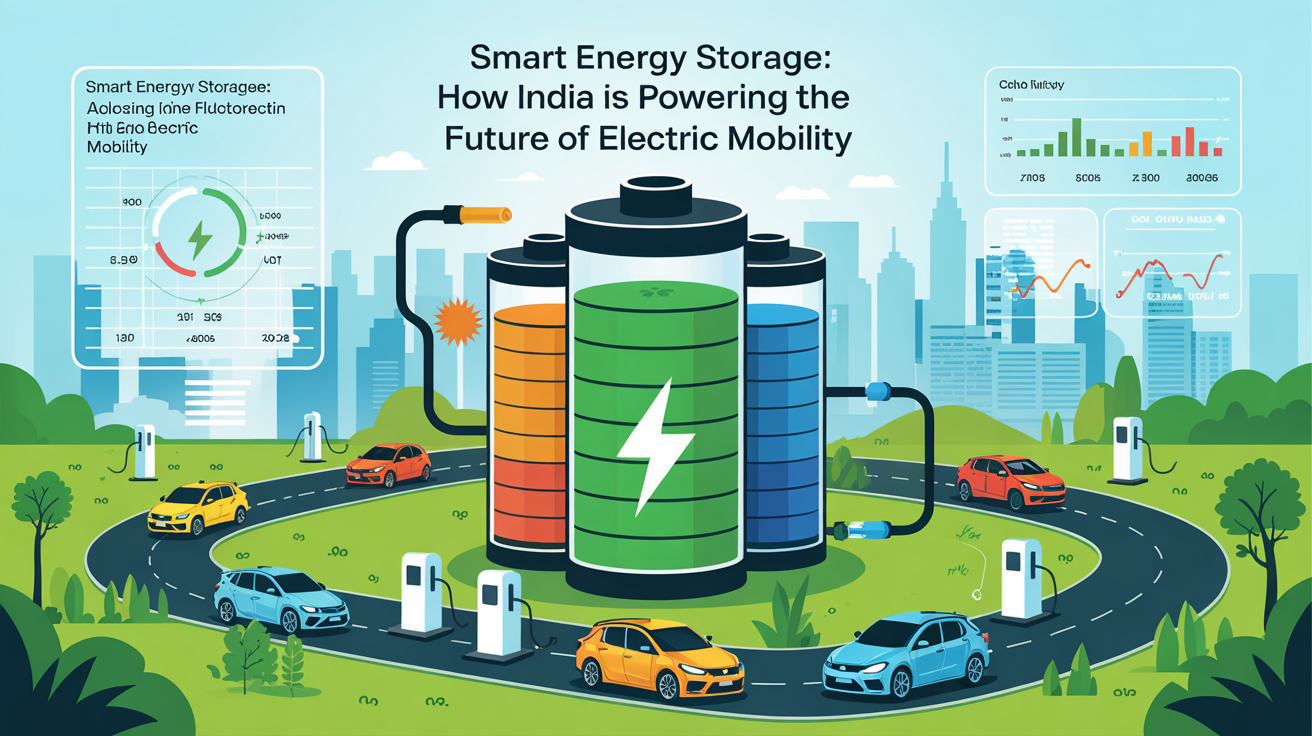A shirt that cleans itself, smells nothing, and never needs to be washed is on par with science fiction. Thanks to nanotechnology, self-cleaning clothes have crossed the dream line into reality. Scientists and innovators are trying to invent such fabrics that can crack stains, repel water, and kill germs with not even a single drop of laundry detergent or spin in the washing machine. This blog will investigate how nanotechnology changes the rules for wardrobes and what it means for fashion, sustainability, and how people live day to day.
Also read: Investment & Business Opportunities in Foam Cleaning Business
Laundry Trouble: Why There Has to Be a Better Way
Before going into the technological part, let us look at the issues. Laundry is nothing that anyone wants to undertake willingly. It is a time-consumer, energy-waster, and a real drinker of gallons of water. Studies show:
- In between the increased 50 to 100 litres of water, every single cycle by a washing machine can consume.
- One household does approximately 300 laundry loads a year.
- Most detergents are full of chemicals injurious to aquatic life and the environment.
- Synthetic fabrics release microplastics into the water supply.
Most people are becoming ecologically wise, so this small preference of saving laundry is more temptation for itself and the planet. Hence emerged self-cleaning garments emerged.
What are Self-cleaning clothes?
Self-cleaning clothing is made of specially developed fabric to lift dirt, sweat, and bacteria without conventional washing. This is all achieved through nanotechnology science dealing with the manipulation of matter on molecular or atomic levels-giving special properties to the fabrics. Such properties involve the following:
– Breakdown of organic substances (like food spills or sweat) under sunlight.
– Repelling liquids, thereby preventing any staining.
– Killing odor-producing bacteria and keeping clothes fresh for days or even weeks.
Let us see how the working mechanism works in depth
The Science Behind Self-Cleaning Fabrics
In fabrics, these nanotechnologies enhance these properties while not changing the look and feeling.
1. Photocatalytic Materials
Such photocatalytic materials, titanium dioxide (TiO₂) and zinc oxide (ZnO), are included in self-cleaning clothes. Therefore, these are the nano coatings that respond to sun or ultraviolet light:
- In other words, particles demolish incoming organic material, such as stains from food and even oils or sweat.
- Decomposition of such materials causes to production of harmless water and carbon dioxide.
So, if at some time, coffee is spilled on your shirt, you hang it in the sun for a couple of hours, and lo, the stain will disappear.
Read Similar Blogs: Eggshell Powder Business: A Profitable Opportunity
2. Hydrophobic Coatings
The nanoparticles now act as water-shielding agents in that there would virtually be no possibility of any liquid penetrating through the fabric. So, instead of soaking in rain stains, the filthy sweat stains would roll off your shirt/pants as if it were water on a lotus leaf.
Real-Life Examples of Self-Cleaning Apparel
From the lab to the market: That is the status of these technologies. Here are some companies and projects that have begun making their influence felt in self-cleaning clothing:
Odo Denim
Odo develops jeans that stay clean for weeks and are stink-free. Their denim is treated with silver nanoparticles that kill bacteria. Hydrophobic coatings prevent spills from staining them.
Pangaia
Pangaia is an eco-friendly label that produces casual wear made with botanical dyes and silver-based antimicrobial finishes for keeping bacteria and odor at bay for its T-shirts and hoodies, thereby enhancing wash care.
Silvon
Silvon incorporates silver into its antibacterial sheets, towels, and masks. It has gained favor among sensitive-skinned and hygiene-conscious folks.
RMIT University (Australia)
Scientists at RMIT produced a nanostructured coating that allows fabrics to self-clean within minutes under sunlight – no detergent, no scrubbing, just sunshine!
Advantages of Self-Cleaning Clothes
The advantages for the wearer of self-cleaning clothing would be hard to ignore, especially in this environmentally conscious and ever-so-convenient world.
1. Water and Energy Savings
With very few washes required, the water saved would run into hundreds of liters; energy bills incurred are cut down and lessened by the machine being used.
2. Eco-Friendly Living
With reduced washes, less detergent and other harmful chemicals will enter surface waters. Similarly, less washing means keeping the shedding of microplastics into oceans from synthetic clothes at bay.
3. Time Efficiency
Just try and imagine no washing every week. A self-cleaning garment is a breeze for anyone who dresses up, especially picture busy professionals, jet-setters, or students.
4. Extended Lifespan of Clothes
The bane of doing laundry shortens any cotton garment’s life with each wash; with regular laundering, polyester fibers are washed away. Self-cleaning clothes save time and are super gentle on delicate fabrics
5. Hygienic and Odorless
Antimicrobial properties ensure that the fabric stays clean even after many uses; it is highly suited for socks, workout clothing, and travel garments.
Challenges and Concerns
1. Price
Self-cleaning clothing is usually priced higher than non-self-cleaning clothing because of the nanotechnology in it.
2. Persistence of Coatings
Nanocoating can wear off over time, especially after repeated washes. Research is ongoing to ensure the permanence of these treatments, otherwise referred to as wash proof.
3. Environmental Impact of Nanoparticles
There are still arguments ongoing regarding the long-term effects of nanoparticles in the environment as well as human health; it is safe in a small amount, but large-scale usage can create risks.
4. Little Choice
At present, most self-cleaning clothes are casual wear, while the market is open for extending options to include formal wear, kids’ clothing, and other fabrics.
The Future of No-Laundry Fashion
The self-cleaning clothing trend may be in its infancy, but it has the potential to radically change our perception of clothes and cleanliness. Some of these possibilities may be seen in the future:
- Clothes of daily use made with permanent self-cleaning nano coatings.
- Intelligent fabrics that not only clean but also adapt temperature settings or detect allergens.
- Water and chemical savings at a global scale through a laundry-free lifestyle.
- All-purpose space travel suits and military gear designed to keep themselves clean and bacteria-free for long periods.
Self-cleaning clothing may even modify industries such as healthcare, where hygiene is vital, or extreme adventure outerwear that remains fresh in the most inhospitable environments.
Closing Thoughts
For thousands of years, laundry has been a human activity; now, the time could be right for an all-out revolution. Nanotechnology is granting us the ability to rethink cleanliness and fabric care. Self-cleaning clothes will allow us to save time and save the environment while going through our lives looking and feeling good. So, the next time you find yourself gazing longingly at that overflowing laundry basket, think of the near future, and washing machines will start to look like an unnecessary luxury.
Also read: Revolutionizing the Textile Industry with Natural Dyes and Sustainable Fabrics










